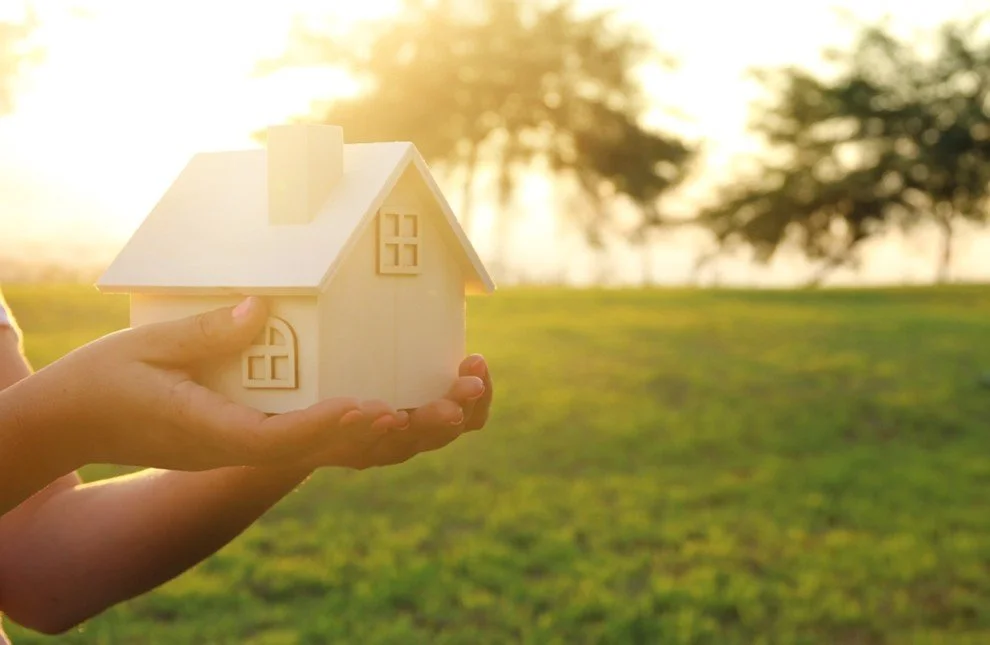As colder weather settles in, have you noticed a chilly draft seeping in around the front door? If so, there’s a good chance the weatherstripping needs to be replaced. As every home inspector will tell you, replacing worn or damaged weatherstripping is crucial to maintaining a warm and cozy wintertime home environment. Proper weatherstripping helps make your home feel comfortable, reduces energy use, and decreases the workload for your furnace. The home inspection experts at HomePro Inspections offer the following advice and encourage you to check and replace worn weatherstripping before the cold weather settles in.
Exterior door weatherstripping
According to ENERGY STAR®, weatherstripping can save you up to 20% on your heating and cooling costs. Usually, someone with basic skills can handle most weatherstripping projects. It’s fairly simple, but you must ensure you're using the best products for the job and installing them properly.
Exterior door weatherstripping and threshold
Assemble your tools and materials.
· Tape measure
· Screwdrivers
· Scissors
· Cleaning supplies
· Replacement weatherstripping
· Replacement door sweep
Steps to replace your weatherstripping.
· Prepare the area
Remove as much dirt and debris as possible. Clean the area with hot, soapy water. Use sandpaper or stronger solvents to eliminate any residue that the hot, soapy water doesn’t remove.
· Tighten your door hinges.
People often overlook their door hinges. Lift on the door handle to check for any play or looseness. Tightening the hinges ensures that the door sits properly in its frame and closes correctly.
Door hinge
· Take measurements and determine the type of weatherstripping you need.
Measure both the width and height of your door opening to determine how much weatherstripping you'll need. Many modern doors use similar products. Identify the required products and the quantities needed. Most big-box stores offer several options and kits for replacing popular and commonly used products. There are advantages and disadvantages to different choices of weatherstripping, but now is not the time to be cheap. Spend the money and buy the best products for your job.
· Remove the old weatherstripping and door sweep.
The weatherstripping and door sweep on most modern doors are usually installed by being pressed or inserted into a slot in the door frame or door itself. Most of the time, you can simply pull the old weatherstripping out with little effort, unless it has been glued in place with paint.
Door sweeps can sometimes be removed while the door is still in place. If this proves too difficult, it might be quicker to take the door off the hinges. You may need some extra assistance with this.
Door sweep at the bottom of the door
· Remeasure and cut the weatherstripping to length.
The pre-cut replacement weatherstripping is usually a bit longer than the actual door opening. Remeasure and cut the weatherstripping to the correct length. Check the length and make adjustments if needed for the best fit. Slide the new weatherstripping into the proper slot in the frame. Double-check the length of the door sweep and cut it as needed.
· Confirm fit and function
Open and close your door to ensure the fit and function of your new weatherstripping are correct. Keep in mind that the new weatherstripping may make your door harder to open and close at first. Over time, this will improve as the weatherstripping settles into place.
Summary
Replacing your exterior door weatherstripping takes about an hour and is quite affordable. The process is straightforward and one of the most budget-friendly ways to reduce your home heating costs. It also helps prevent rain, insects, and rodents from entering your home.
At HomePro Inspections, our home inspectors are trained to examine the weatherstripping and the function of door seals to identify any defects. Any issues are documented in your home inspection report, with recommendations for repair by a qualified professional.
Visit our website to learn more or to schedule your home inspection in the Rochester, Owatonna, and Faribault, MN areas. You can contact us today at (507) 202-8942, send us an email, or utilize our online “Schedule Now” feature to set up an appointment.





































